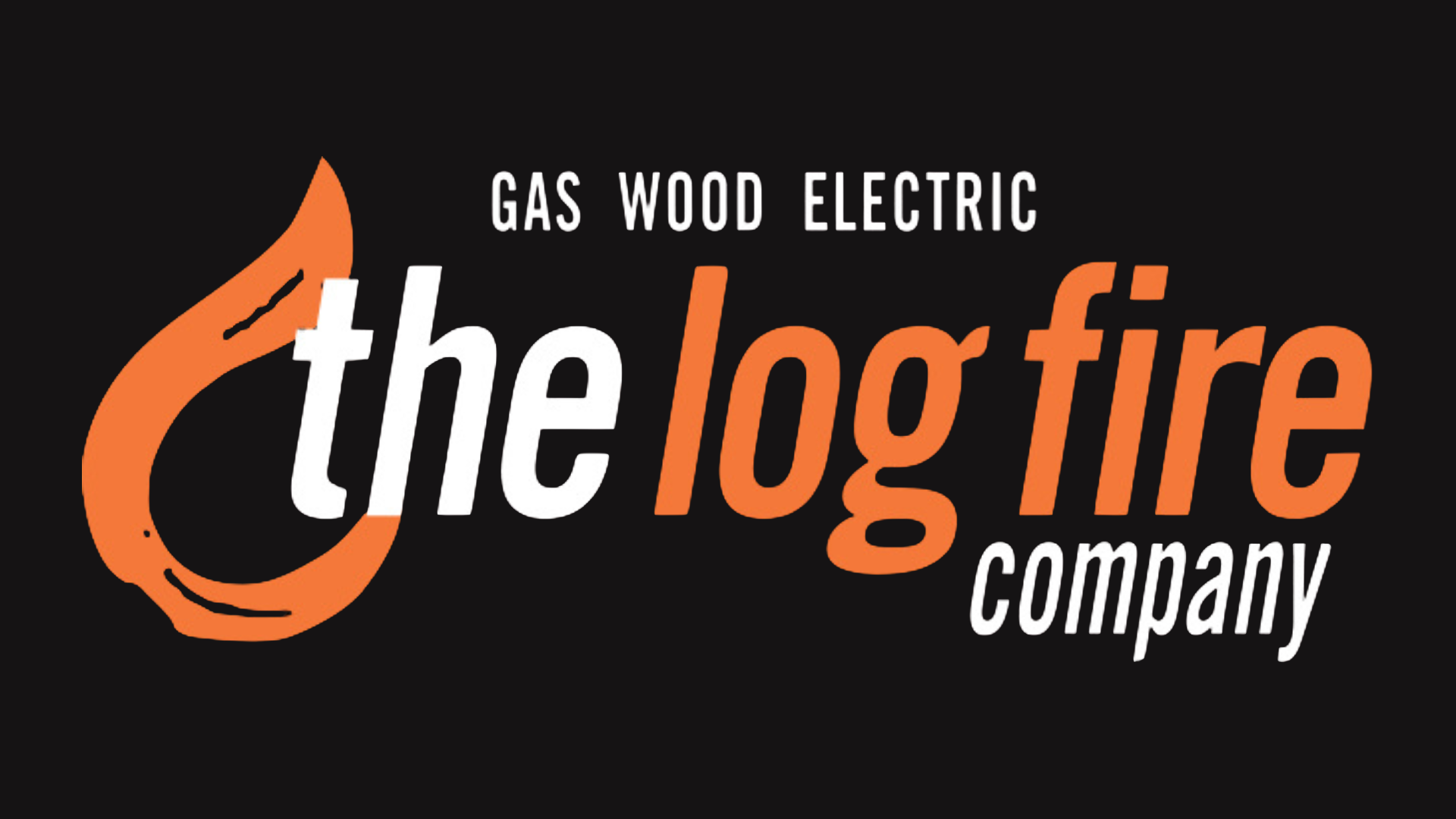As the chilly winds of winter start to set in, the idea of snuggling up by a cosy fireplace becomes ever more appealing. When it comes to choosing a fireplace for your home, the debate often boils down to two primary options: gas and electric. Both have their unique advantages and disadvantages, and the best choice depends largely on your personal needs, lifestyle, and home setup.
With that said, let’s get into a detailed comparison of a gas log fireplace and an electric fireplace to help you make an informed decision.
Understanding the Basics
Before we delve into the pros and cons, it’s essential to understand what we’re comparing when talking about a gas log fireplace and an electric fireplace.
Gas Log Fireplace
A gas log fireplace or just gas fireplace is fuelled by natural gas or propane and typically requires a connection to a gas line. They come in several types, including vented, direct vent, and ventless options. These fireplaces can provide a realistic flame and significant heat output, often with the option to control the flame intensity.
Electric Fireplaces
Electric fireplaces use electrical heating elements to produce heat and can mimic the appearance of a real fire through LED lights or other effects. They are easy to install, requiring only a standard power outlet, and are available in a variety of styles and sizes to fit any room.
Pros and Cons of Gas Fireplaces

If you are considering getting a gas fireplace in Melbourne, then you should know these pros and cons.
Pros:
Efficient Heating
One of the standout advantages of a gas log fireplace is their efficiency in heating a room. They can produce a substantial amount of heat quickly, making them an excellent choice for those looking to warm up a specific area of their home. This is particularly beneficial in the colder regions of Australia where winter temperatures can drop significantly.
Realistic Flame
Many people prefer the look of a real flame, and a gas log fireplace excels in this regard. The flame produced by a gas fireplace is quite realistic, creating an authentic and traditional fireplace experience. This aesthetic appeal is a significant factor for those who want their fireplace to serve as a focal point in their living room.
Lower Operating Costs
A gas fireplace is generally cheaper to operate than electric ones, especially if you’re connected to a natural gas line. The cost of natural gas is usually lower than electricity, which can translate into significant savings on your energy bills during the colder months.
Ease of Use
Modern gas fireplaces come with convenient features such as remote controls and thermostats, allowing you to easily adjust the temperature and flame settings. This ease of use is a considerable advantage for those who want a hassle-free heating solution.
Cons:
Installation Complexity
Installing a gas fireplace can be complex and costly, requiring a professional to connect it to a gas line and, in some cases, install ventilation. This can increase the initial setup cost and time required to get your fireplace up and running.
Safety Concerns
While gas fireplaces are generally safe, they do pose some risks, such as gas leaks or potential carbon monoxide emissions. It’s crucial to ensure proper installation and regular maintenance to mitigate these risks.
Limited Portability
Once installed, a gas fireplace is typically fixed in place and cannot be easily moved. This lack of flexibility can be a drawback if you plan to rearrange your living space or move to a new home.
Pros and Cons of Electric Fireplaces

Like gas fireplaces, an electric fireplace would also have its own advantages and disadvantages.
Pros:
Easy Installation
Electric fireplaces are incredibly easy to install, often requiring nothing more than plugging them into a power outlet. This simplicity makes them an attractive option for renters or those who don’t want the hassle of a complex installation process.
Safety
Electric fireplaces are one of the safest heating options available. They don’t produce real flames or harmful emissions, significantly reducing the risk of fire or carbon monoxide poisoning. This makes them an ideal choice for homes with children or pets.
Versatility and Portability
Electric fireplaces come in various styles, from wall-mounted units to freestanding models, providing flexibility in terms of placement. They can be easily moved from one room to another, offering the versatility to heat different areas of your home as needed.
Low Maintenance
Electric fireplaces require minimal maintenance compared to gas fireplaces. There’s no need for annual inspections, chimney cleaning, or worrying about gas leaks, making them a convenient option for those who prefer a low-maintenance solution.
Cons:
Less Efficient Heating
While electric fireplaces can warm up a room, they are generally less efficient than gas fireplaces in terms of heat output. This can be a disadvantage in particularly cold climates or larger spaces where more substantial heating is required.
Higher Operating Costs
Electricity is typically more expensive than natural gas, which can lead to higher operating costs for electric fireplaces. This cost difference can add up over time, particularly if you use the fireplace frequently during the winter months.
Less Realistic Flame
Despite advances in technology, the flame effect in electric fireplaces is often less realistic than that of gas fireplaces. While some models do a commendable job of mimicking real flames, they may not satisfy those looking for an authentic fireplace experience.
Conclusion: Which Is the Best Choice?
Ultimately, the best choice between a gas and electric fireplace depends on your individual needs and preferences. A gas fireplace in Melbourne is ideal for those seeking powerful heating, a realistic flame, and lower operating costs, provided they are willing to invest in installation and maintenance. Electric fireplaces, meanwhile, offer easy installation, safety, and versatility, making them a convenient option for those prioritising convenience and flexibility.
Whether you opt for the classic charm of a gas fireplace or the modern convenience of an electric one, both options can provide the cosy warmth and inviting atmosphere you need to make your winter more comfortable. Make sure to weigh the pros and cons carefully and consider what matters most to you and your household before making your decision.









